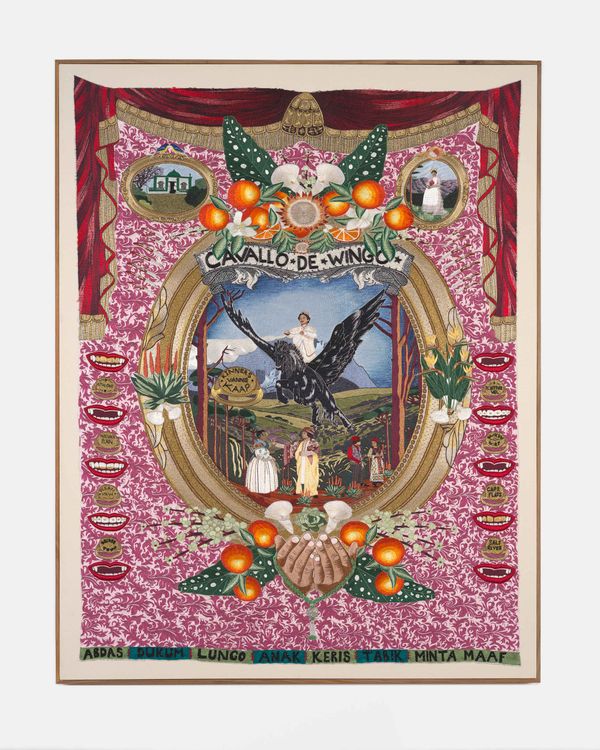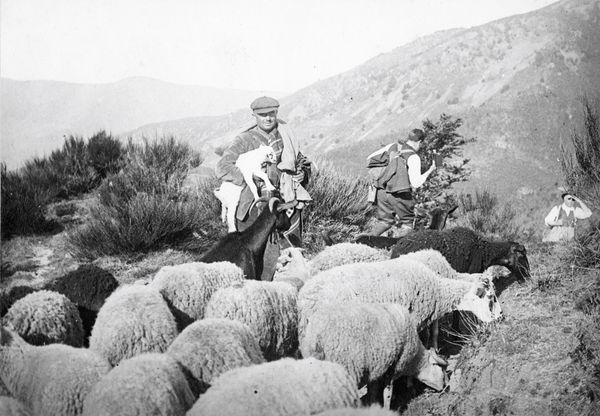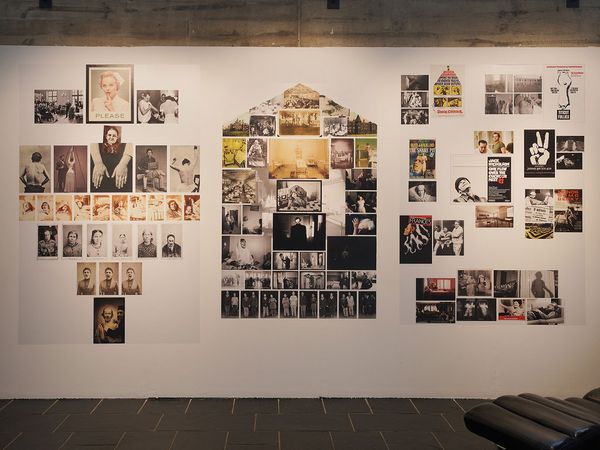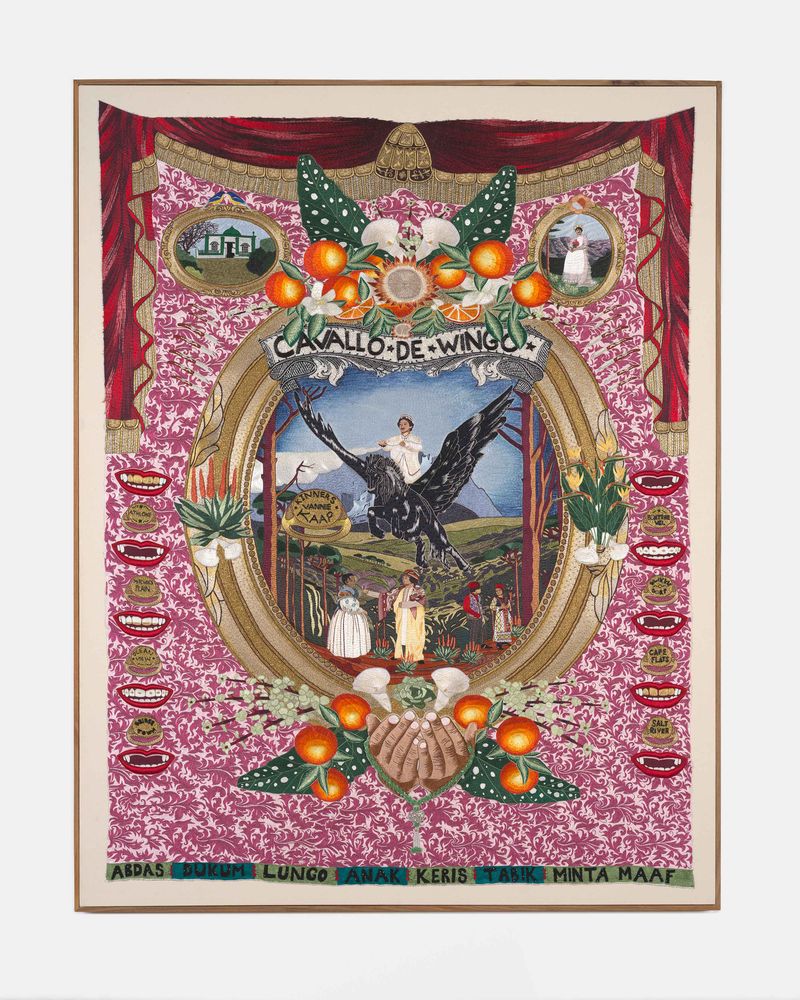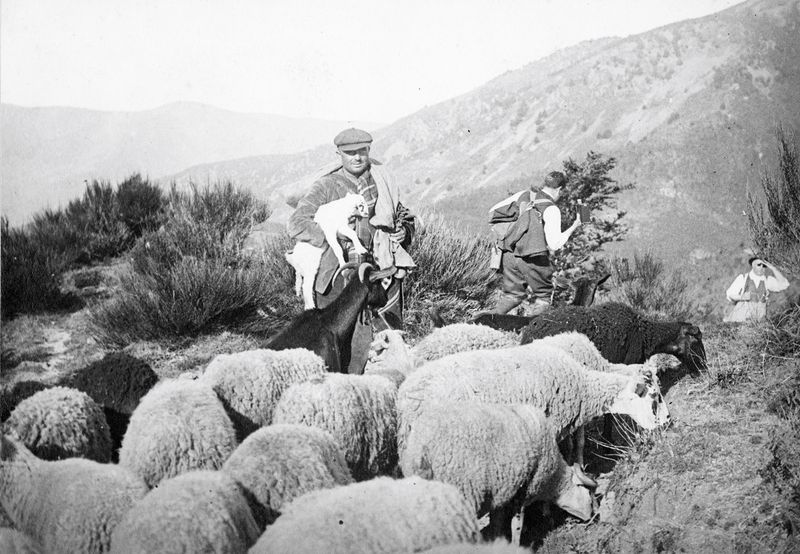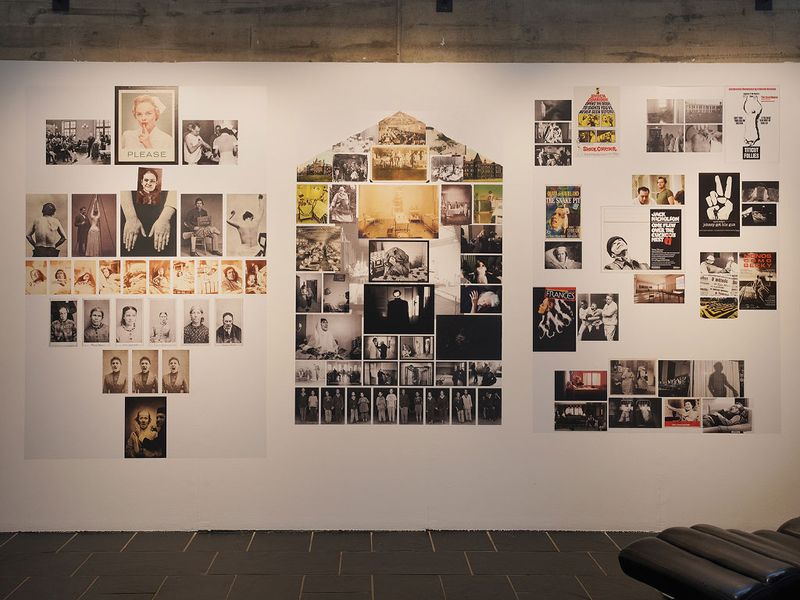Festival Panoràmic 2024
-
Opens10 Oct 2024
-
Ends29 Dec 2024
-
Link
- Locations Terrassa, Barcelona, Granollers
Panoràmic is the festival that explores the relationship between cinema, photography and new forms of images, and promotes and encourages the search for new languages and audiovisual narratives.
Overview
Directed by Joan Fontcuberta, Laia Casanova and Albert Gusi, and with an advisory team made up of Andrés Hispano, Mercè Alsina and Fèlix Pérez-Hita, the festival is born with the vocation of doing critical pedagogy of the image aimed at an audience increasingly immersed in visual environments and therefore with a will to serve.
The festival proposes a space of knowledge and reflection between the still image and the moving image. And it does so by deploying all the areas where the image is present to us, that is, through screenings of feature films and short films, video, video installations, video games, mappings, exhibitions, workshops, conferences, workshops, TV, installations facilities, archives, bibliography, photo books or interactive projects among others.
Panoràmic, Film festival, Photography and more celebrates its 8th edition from October 10 to December 29. Opening the exhibitions in Granollers on October 10, October 24 in Barcelona, and November 14 in Terrassa. The central theme of this year’s festival is linked to the idea of Extremes, from the extreme violence and totalitarian ideologies of the accelerated 20th century, to the economic and social paradigm shifts of the 21st century, the post-historical and post-capitalist society, with new ideologies, utopias and models of organization.
The festival has announced the 8 finalists of the Open Panoràmic, the artistic call for audiovisual projects, which will be part of the festival’s Official Selection. This year, coordinated by Houari Bouchenak and Xavier de Luca from Jiser Association. The finalist authors are Joel Jiménez Jara, Ramon Guimarães, Carmen Isasi, Izaro Ieregi, Jean Matthieu Gosselin and Ullic Morard, Miquel García, Aitana López and Osvaldo Cibils.
The Panoràmic Festival dedicates an exhibition to Boris Mikhaïlov. For more than six decades, the Ukrainian photographer, not widely seen and known in our country, has created a provocative photography that reflects the progress of his country. Framed to the current of conceptual photography, which opposes the realism imposed by the USSR, his maxim has always been subversion, the representation of a border between reality and fiction of the suffering of his people, through different works, painting photographs or giving a new treatment to old images. The festival presents The Penultimate Temptation Of An Indomitable Photographer, a large-format exhibition curated by Iván de la Nuez, which illustrates the photographer’s return to his native Ukraine, now in ruins. The exhibition illustrates the photographer’s return to an unfinished and abandoned crematorium in Soviet Kiev, a re-encounter with the physical and architectural degradation, just as forceful as that of post-communist Ukraine. The exhibition, mounted in the form of 35 large diptychs, combines the present and the past, and hints at a bleak future.
With the aim of breaking away from a Eurocentric approach, the Panoràmic 2024 program looks to the southern hemisphere. The multidisciplinary South African artist Thania Petersen, for the first time with a solo exhibition in Spain, addresses through photography, performance and installation the complexity of her identity in contemporary South Africa. The exhibition, entitled Vannie Kaap (from Cape Town in the colloquial African dialect of the region), takes a journey from ancestral beliefs to today’s post-apartheid Cape Town, with the aim of resurrecting erased narratives and reviving figures from the past. She collaborates with artisans, musicians and Sufi choirs from Africa and Asia to dissolve the boundaries imposed by colonialism and re-establish historical narratives, now told with compassion and resistance, not conflict. Critical of contemporary Islamophobia, she highlights the enduring legacy of colonialism, European and American imperialism and the rise of right-wing ideologies, as well as the cultural implications of Westernized consumerism.
Bolivian artist aruma | Sandra De Berduccy, a weaver who works with traditional Andean textile techniques, presents Illasamay. Tejidos de energía resplandeciente, a show that exhibits different textile works of millenary tradition and revitalizes them with the incorporation of modern materials such as synthetic fibers, LEDS and electrochemical and interactive processes to show how energy flows between fibers. Aruma, who is exhibiting for the first time in Spain, presents an artistic proposal that fuses experimentation with historical, archeological, and anthropological research. The artist, who has worked with weavers from all over Latin America, especially with Aymara and Quechua master weavers, specializes in the backstrap loom, in which the loom hangs from a tree branch at one end and is tied to the artist’s waist at the other, a circular movement that gives it energy and makes it part of a living ecosystem.
The artist Enric Maurí presents Ombres i Clarianes, a dialogue between the part of the archive of the Centre Excursionista de Catalunya that refers to the Montseny, and two projects that the artist carried out on the natural space. The project contrasts an idyllic Montseny, photographed in the early and mid-twentieth century by members of the CEC, with a stressed Montseny that is one of the green lungs of the area of influence of the city of Barcelona.
Plus, Panoràmic File, the project that invites artists to work with historical archives in Granollers, Barcelona and, as a novelty, Terrassa, with the aim of activating their collections and making them visible, will feature an intervention by visual artist Ro Caminal in the Tobella Archive, which preserves and disseminates a documentary and graphic collection on the history of the city of Terrassa. The exhibition, entitled Distanciaments, deals with the traditional location of social housing on the margins of the city, a geographical disconnection that creates a hierarchy between urban core and periphery that reproduces and maintains social distances. Both newly arrived immigrants and the middle strata of the native population have difficulties in accessing housing. This speculation began during the Spanish dictatorship and continues today more than ever, with the aggravating circumstance that there is now a large and empty housing stock.
